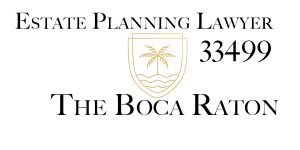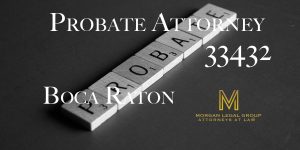Understanding the Basics of Economic Torts
In the complex world of business, safeguarding your interests against unfair practices is crucial. Economic torts serve as a legal remedy for businesses and individuals who suffer financial harm due to the wrongful acts of others. At Morgan Legal Group in Miami, our expertise guides clients through the intricacies of economic torts, ensuring robust protection for their business interests.
What Are Economic Torts?
Economic torts, also known as business torts, encompass a range of wrongful acts that cause financial loss or harm to an individual or business. Unlike breaches of contract, which are based on violations of agreed terms, economic torts arise from violations of legal duties recognized by law. They play a pivotal role in maintaining fair business practices and providing recourse for victims of economic harm.
Types of Economic Torts
Intentional Interference with Contractual Relations
This tort occurs when a third party knowingly interferes with a contractual relationship, causing one party to breach the contract. It aims to protect the sanctity of contractual agreements and ensure that parties can conduct business without undue interference.
Unfair Competition
Unfair competition covers a broad spectrum of wrongful acts, including trademark infringement, trade defamation, and misappropriation of trade secrets. It ensures businesses compete on a level playing field and that innovations and reputations are protected.
Negligent Misrepresentation
When a party provides false information, either recklessly or carelessly, leading another to incur financial loss, negligent misrepresentation comes into play. This tort emphasizes the importance of accuracy and honesty in business dealings.
Understanding Economic Loss
Economic loss refers to the financial harm suffered as a result of another’s wrongful act. It can range from direct losses, such as lost profits, to more indirect damages, including loss of goodwill. Identifying and quantifying economic loss is a critical step in pursuing an economic tort claim.
Legal Remedies and Protection
Victims of economic torts have several legal remedies at their disposal, including compensatory damages, punitive damages, and injunctive relief. These remedies aim to restore the victim’s financial status quo and deter future wrongful conduct.
At Morgan Legal Group, we understand the significant impact economic torts can have on your business. Our team is dedicated to providing comprehensive legal support, from identifying potential economic tort claims to pursuing justice through the legal system. Contact us to learn how we can protect your business interests in Miami and beyond.








